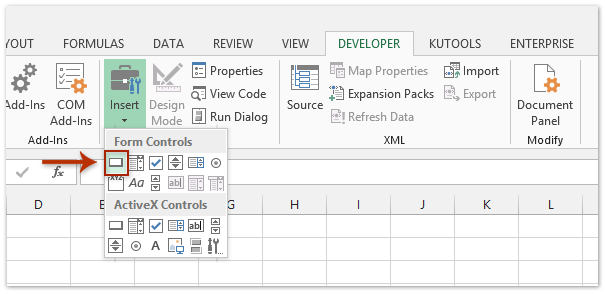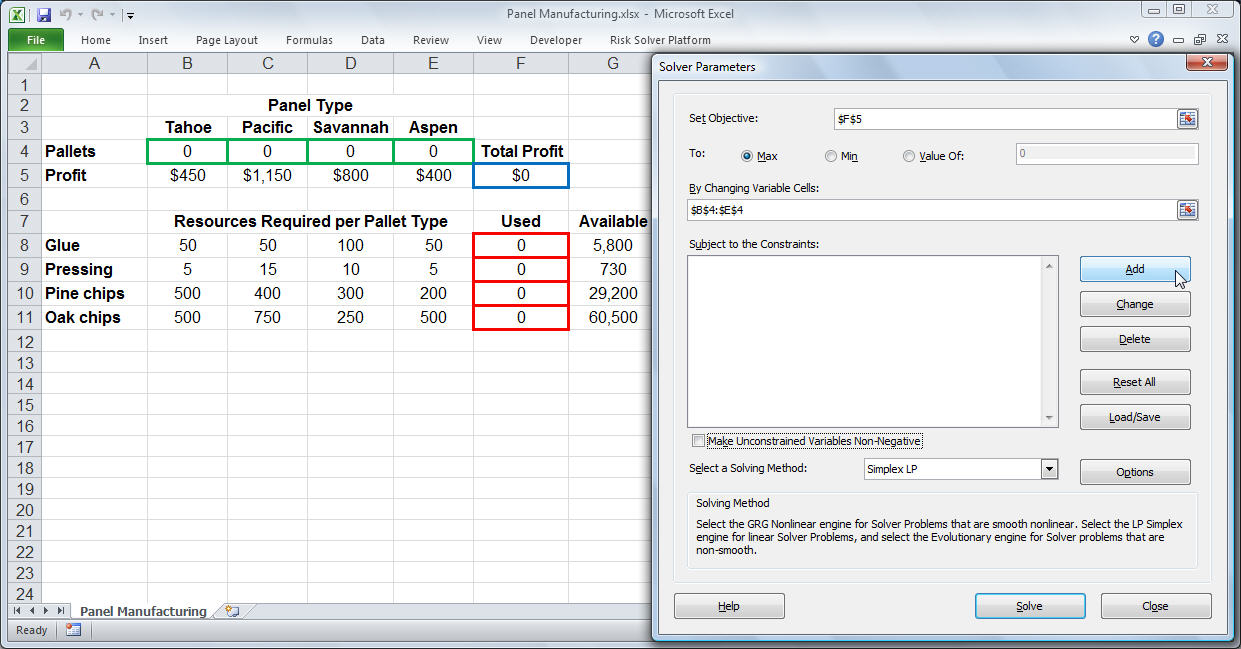

To explicitly declare variables in VBA, use the Dim statement, followed by the variable name and type. ' here write down everything you want to do with the PowerPoint Class and objects Now the variables declaration section looks like in the screen-shot below, and the user can start using these variables in his code.Ĭode version of this tutorial: Option Explicit Step 4: Now the user can declare more variables using the PowerPoint object library.ĭeclare a variable that is referencing the Presentation object of the PowerPoint object library.ĭeclare another variable that is referencing the Slide object of the PowerPoint object library.
Developer tab excel 2013 tutorial how to#
This example shows how to select the PowerPoint's object Application. , another menu appears with all objects options related to the PowerPoint Object Library. Step 3: in the VB Editor, once you press Ctrl+Space together, you get the autocomplete option of PowerPoint.Īfter selecting PowerPoint and pressing.


Note: PowerPoint 14.0 means that Office 2010 version is installed on the PC. This example we scroll down to find “ Microsoft PowerPoint 14.0 Object Library”, and then press “ OK”. Step 2: Select the Reference you want to add. The example below shows how to add the PowerPoint library to the existing VB Project.Īs can be seen, currently the PowerPoint Object library is not available. The procedure describes how to add an Object library reference, and afterwards how to declare new variables with reference to the new library class objects. ✗ MsgBox class and how to display a message ✓ Using the xlDirection enumeration to navigate a range ✓ The WorksheetFunction class and respective methods ✓ Creating and interacting with worksheet objects Any suggested topics or examples provided that are generic to the VBA language should be declined in order to prevent duplication of efforts. Please ensure any examples or topics created within the excel-vba tag are specific and relevant to the use of VBA with Microsoft Excel. It is a custom version of the venerable Visual Basic programming language that has powered Microsoft Excel's macros since the mid-1990s. VBA stands for Visual Basic for Applications.
Developer tab excel 2013 tutorial code#
For the most part, anything that the user can do by manipulating Excel from the user interface can be done by writing code in Excel VBA.


 0 kommentar(er)
0 kommentar(er)
